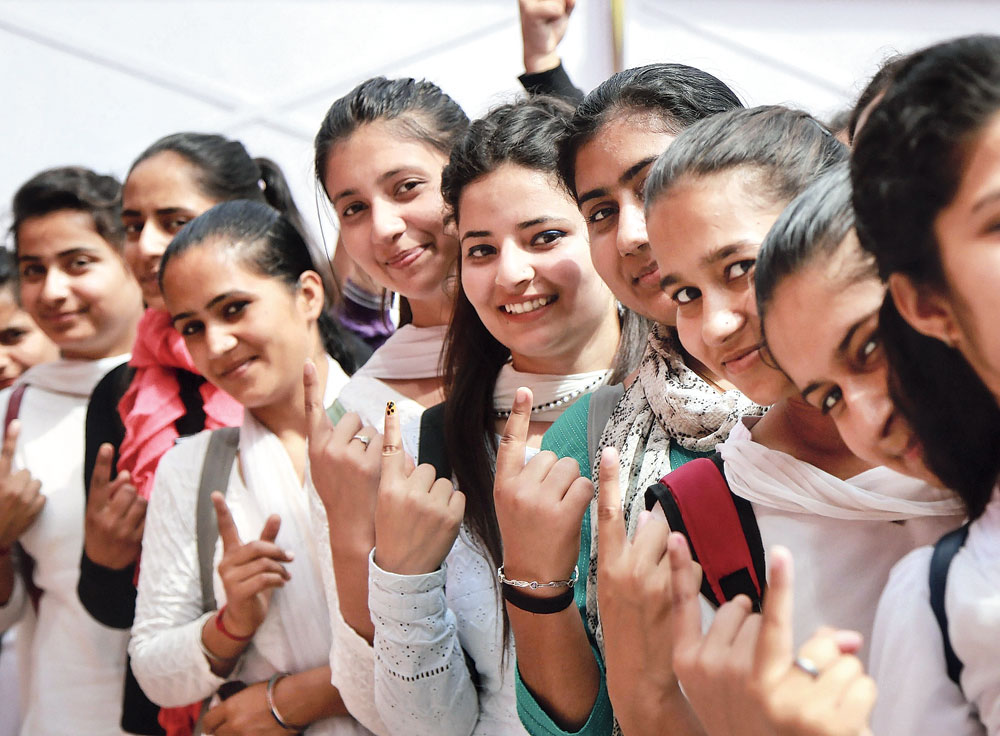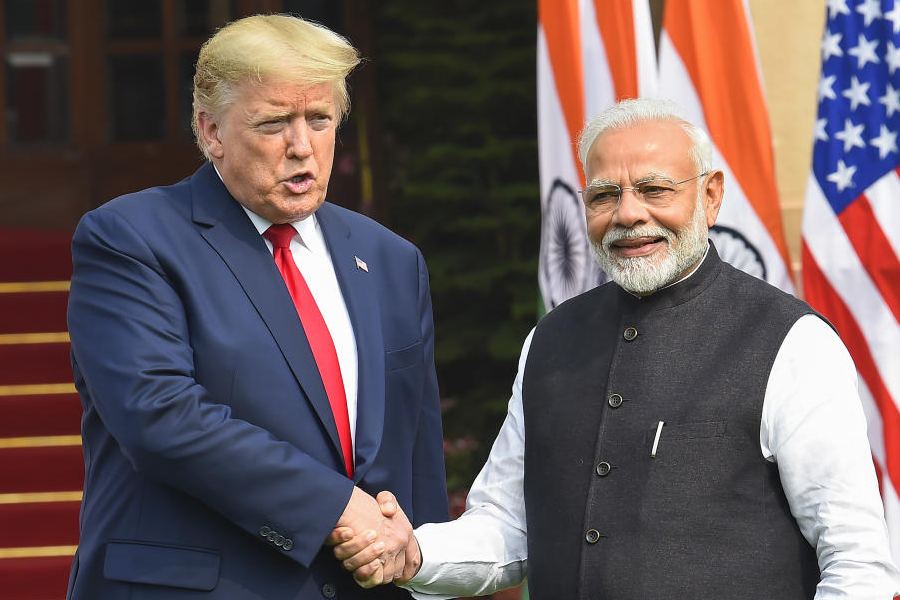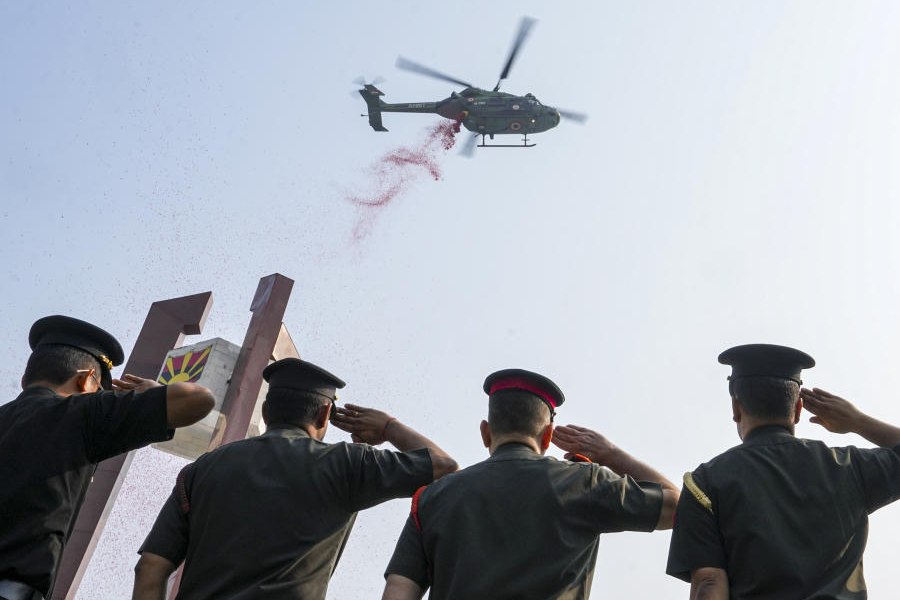These are tough times for education. The Right to Education Act, 2009 had established free and compulsory education between the ages of six and 14 as a right. It intended to ensure that all children had elementary education. Surveys, however, indicate that standards are still low: alarmingly large percentages of Class VIII students cannot read beyond a Class II text or do division sums.
Compliance with the RTE Act is poor. One of its requirements is that each school have one trained teacher per 30 students at the primary level; that 10 lakh posts remain unfilled in government schools suggests how far the situation is from the ideal. Nine per cent of 13 lakh schools were RTE-compliant in 2013-14; that has struggled up to 13 per cent in 2017-18. There was no thrust from the former National Democratic Alliance government to ensure compliance, and the last date for implementing all the provisions in the Act was extended from 2015 to March 2019. Funds for both the Sarva Shiksha Abhiyan and the midday meal scheme have remained static, ignoring inflation: perhaps the new government will look into these issues.
More radical has been the shift of the funding source from the budget allocation to the education cess. The latter was meant as a supplement to the main allocation; now, the cess funds must be used fully before the budgetary allocation can be touched. The higher education segment is experiencing similar shifts, indicating that the former NDA government preferred to withdraw support from public education, nudging institutions towards forms of self-sufficiency which would make fees too high for poor students. It, however, focused attention on chosen elite institutions. There is now the possibility of a fresh approach.
But education being a concurrent subject, the states have some leeway still. There, any achievement seems to shine all the brighter. The scores of three Hindu girls who sat for the Madhyamik level examination from a madrasa in Ketugram, Burdwan were among the highest in the district — over 90 per cent. Ketugram being a minority community-dominated area, almost 60 per cent of the students of the high madrasa are Hindu. The other high school is six kilometres away. Since Muslims study in non-madrasa schools, said one father, he does not see why the reverse should matter. One of the girls has welcomed the broadening of horizons that comes from studying in a madrasa. The West Bengal government spends Rs 250 crore on madrasa education annually — not Rs 4,000 crore to play vote-bank politics as Amit Shah, the president of the Bharatiya Janata Party, claimed in an election rally — and the syllabus is the same as that of the Madhyamik board. The only extra subject is an introduction to the basics of Islamic history, which helps, rather than hinders, community understanding. Such easy harmony makes it possible for girls from a backward region to study. Perhaps the new Central government will encourage states in this direction too.












